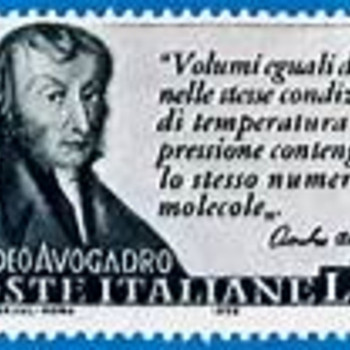How is aluminum oxidized under basic conditions? What is the reduction product?
What volume of this product is collected under standard conditions when a #5.4*g# mass of this metal is oxidized in a solution prepared from a #20*g# mass of sodium hydroxide?
What volume of this product is collected under standard conditions when a
1 Answer
Approx.
Explanation:
We interrogate the oxidation reaction:
And water is reduced to dihydrogen gas:
And so, we take
We have the starting masses, and thus:
Clearly, hydroxide is the reagent in excess...........as required.
And given the stoichiometry, there are
And thus the dihydrogen gas evolved has a volume of
Aluminum is amphoteric and can be oxidized under acid, or under basic conditions (as here). I take it this is 1st year undergrad?

